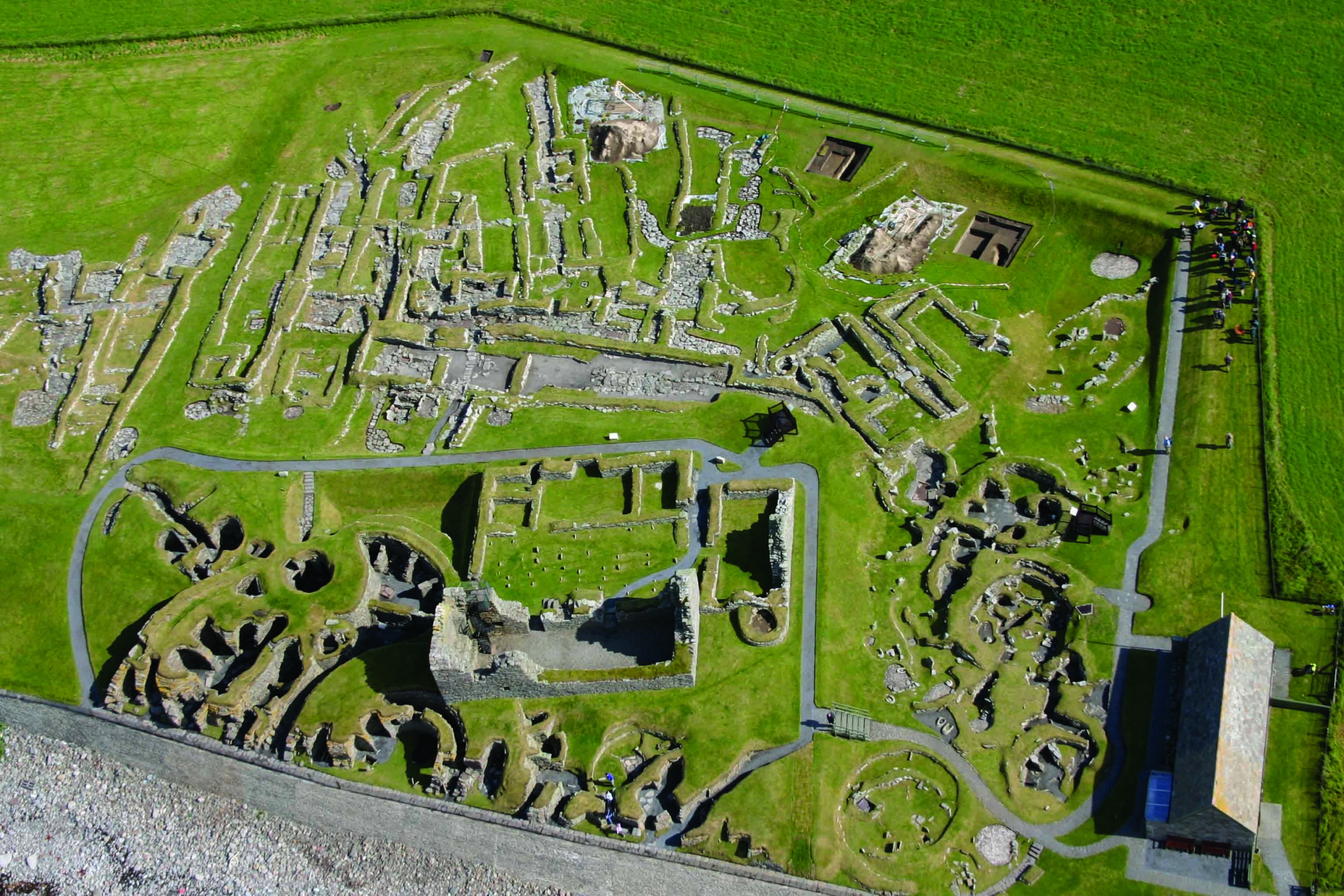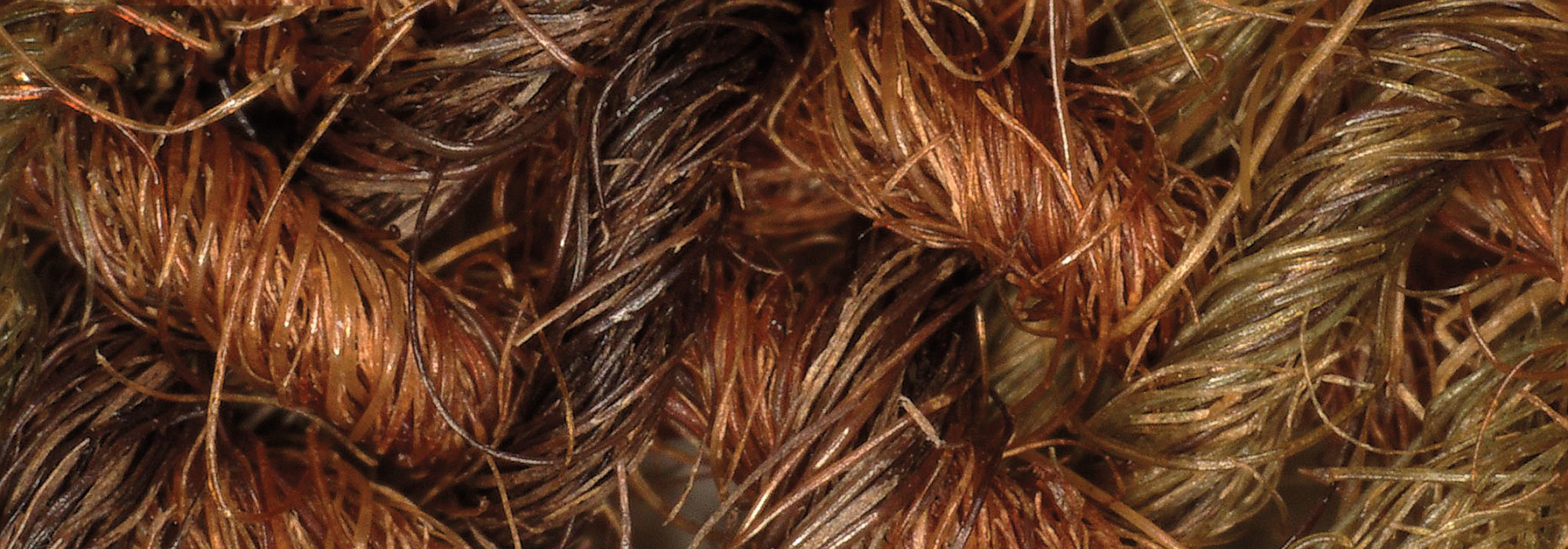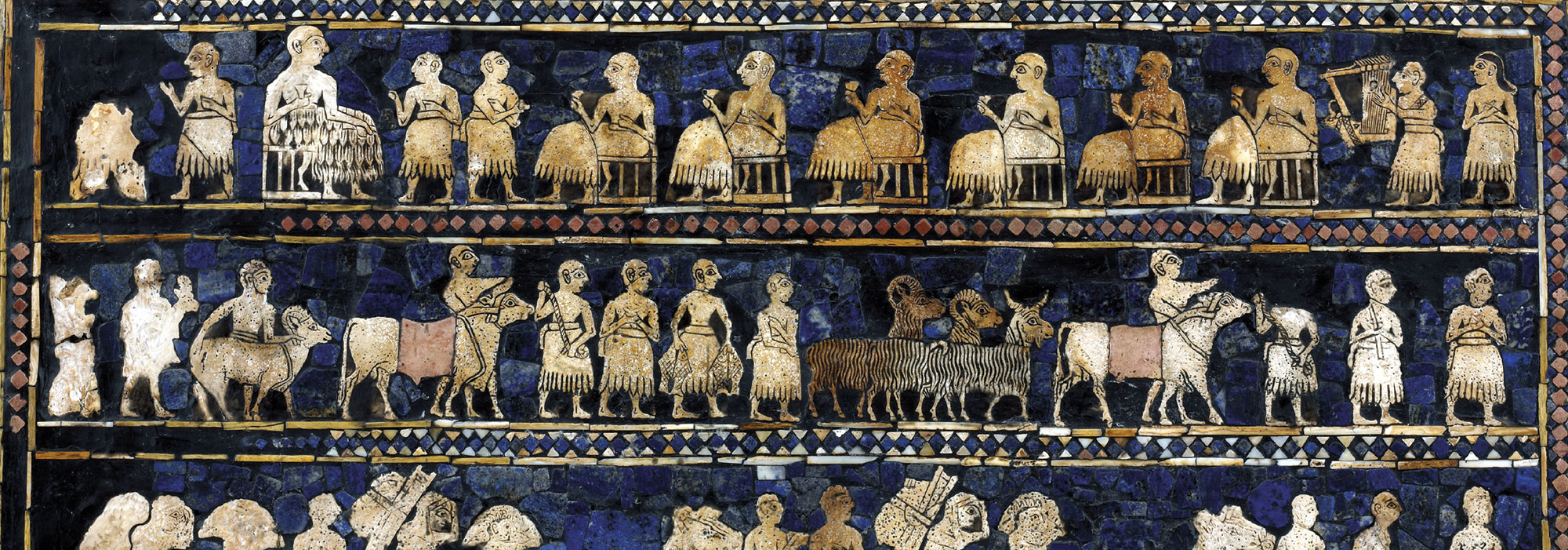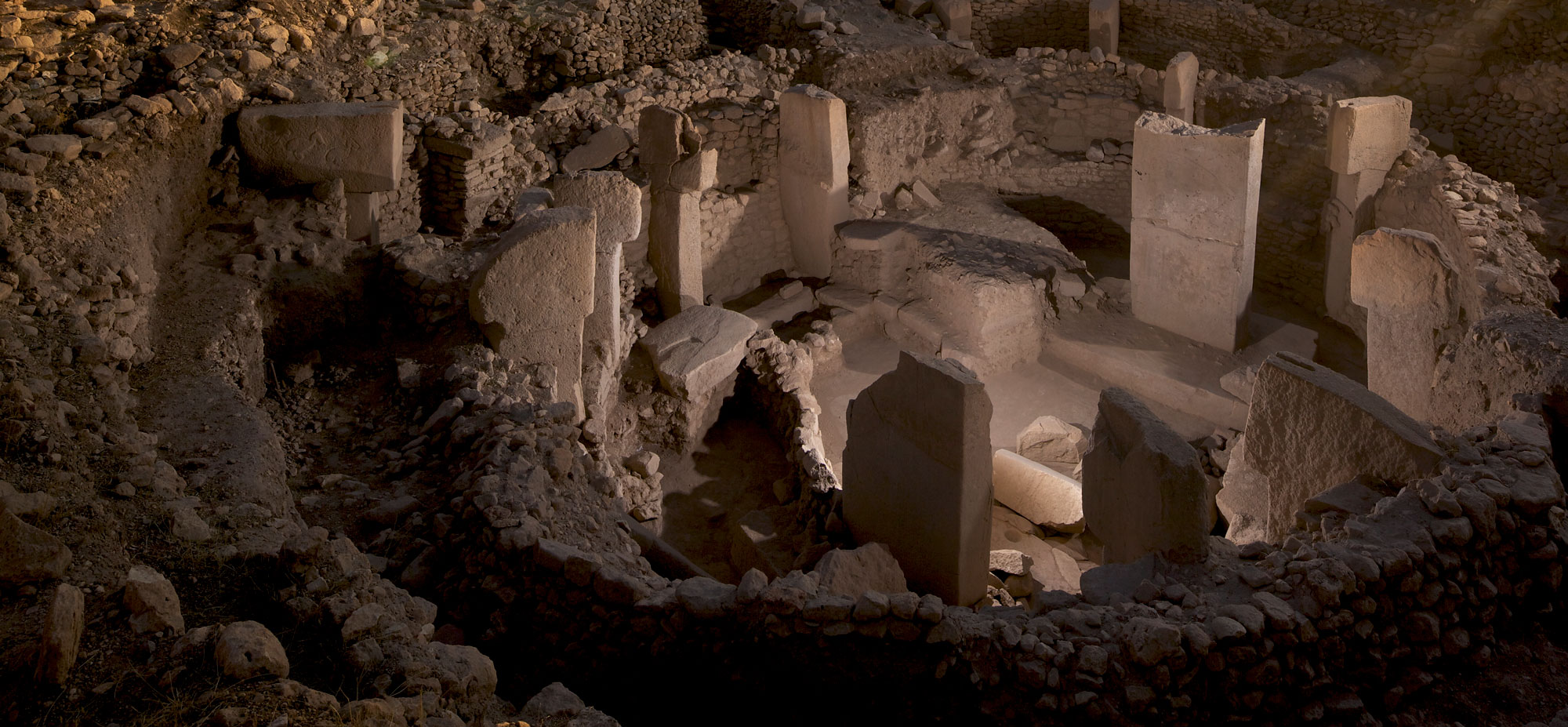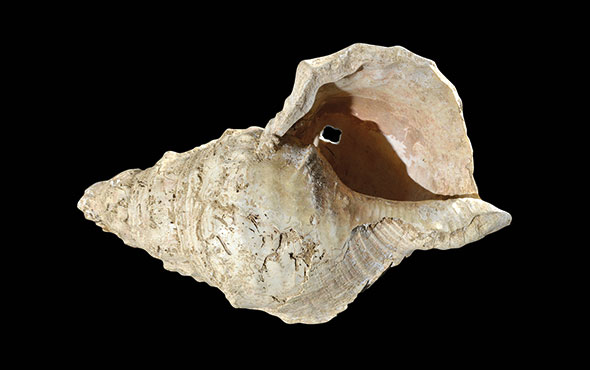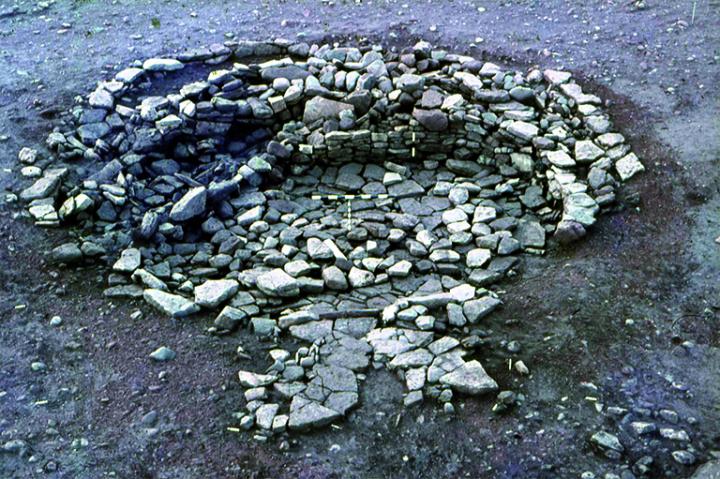
YORK, ENGLAND—According to a CNN report, researchers led by Lindsey Büster of the University of York recovered bone spoons, quern stones, and gaming pieces that had been incorporated into the walls of roundhouses at the hillfort settlement of Broxmouth, which is located in southeastern Scotland. The settlement dates from 640 B.C. to A.D. 210. The items may have been placed in the walls as reminders of the people who had used them during their lives, Büster explained. Having such mundane objects close by, she speculated, allowed the living to continue to share a bond with the dead. “There is no normal way to grieve—it’s a messy, complicated thing and it’s something we have been dealing with for thousands of years,” she said. To read more about the archaeology of Iron Age hillforts, go to "Letter from Wales: Hill Forts of the Iron Age."


